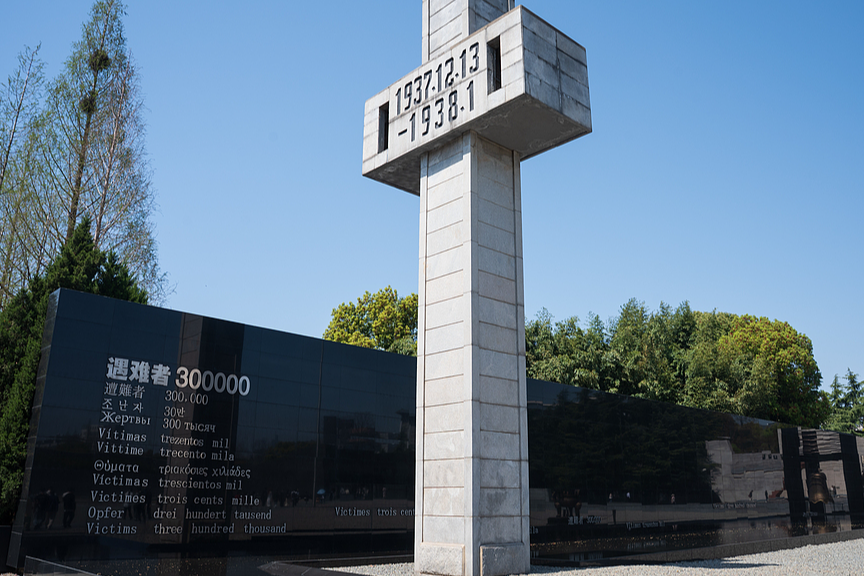Ancient roads paved foundation of national unity
Research reveals Shudao network's role in connecting people from different areas, cultures






Exchange routes
On the northern edge of the Sichuan Basin, the Qinling Mountains shield fertile land from cold southerly winds and are also a physical boundary between northern and southern China.
However, due to the ancient roads, people on both sides of the mountains were not separated.
Sun Hua, an archaeology professor at Peking University, said recent research showed many city ruins were found along Shudao's routes in different provinces, indicating its function as a network of national roads.
"Temples show how Buddhist art spread into Sichuan and boomed there. Porcelain produced in Sichuan has been found along the routes," Sun said. "Shudao was not only a complex of passageways with political and military significance, it created hubs for wide cultural and economic links."
Cai, the history professor, said the ancient roads enabled economic trade, administrative governance and national unity.
"China has had many mass migrations in its history, and the roads promoted ethnic integration and boosted cultural exchanges between the southern and northern regions," Cai said.
Veteran archaeologist Wang Zijin, a professor emeritus at Renmin University of China, said Shudao has global significance.
"Key ancient civilizations around the world often formed and prospered along big rivers," Wang said. "In China, it also happened along the Yellow and Yangtze rivers. But ancient Chinese people overcame the geographic barriers between the basins of the two big rivers to form a unity. That's something extraordinary.
"Road networks extending from Shudao, the Silk Road as well as the Maritime Silk Road were also connected. That left an outstanding mark on the world's history," he said.




















